Let’s Learn JavaScript Deeply!
Sed non mauris vitae erat consequat auctor eu in elit. Class aptent taciti sociosqu ad litora nibh vel velit auctor aliquet. Aenean , quis bibendum auctor, nisi elit consequat ipsum.

“ Take every opportunity to really beef up your JavaScript chops. ”
Mall Mullenweg, Creator of WordPress
About The Author
Proin gravida nibh vel velit auctor aliquet. Aenean sollicitudin, lorem bibendum auctor, nisi elit consequat ipsum, nec sagittis sem nibh id elit. Duis sit amet vulputate a sit amet. Morbi accumsan ipsum velit. Nam nec tellus a odio tincidunt a taciti sociosqu ad litora torquent per conubia nostra, per inceptos himenaeos. Mauris in erat justo. Nullam ac urna eu felis dapibus condimentum sit amet a augue.

What You’ll Learn
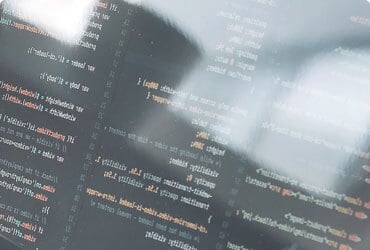
Introduction
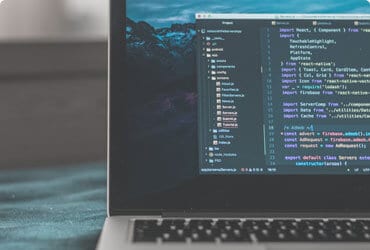
The Basics
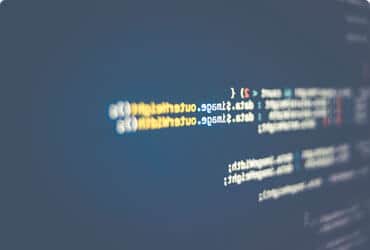
Working With Data
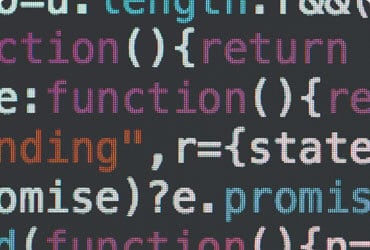
Validating
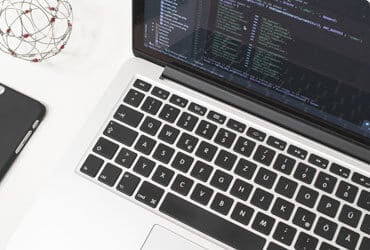
Loops
Proin gravida nibh vel velit auctor aliquet. Aenean sollicitudin, lorem quis bibendum auctor, nisi elit consequat ipsum, nec sagittis sem.
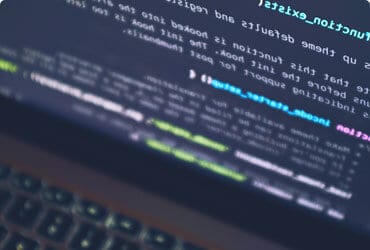
Typing Speed Tester
Proin gravida nibh vel velit auctor aliquet. Aenean sollicitudin, lorem quis bibendum auctor, nisi elit consequat ipsum, nec sagittis sem.
Watch the Sample Video
Start with the Basics
Proin gravida nibh vel velit auctor aliquet. Aenean sollicitudin, lorem quis bibendum auctor, nisi elit consequat ipsum, nec sagittis sem nibh id elit. Duis sit amet vulputate a sit amet. Morbi accumsan ipsum velit. Nam nec tellus a odio tincidunt auctor a ornare odio. Sed non mauris vitae erat consequat auctor eu in elit.
Class aptent taciti sociosqu ad litora torquent per nostra, per inceptos himenaeos. Mauris in erat justo. Nullam ac urna eu felis dapibus.
Become a Pro In 30 Days!
Create Dynamically Updating Content
Proin gravida nibh vel velit auctor aliquet. Aenean sollicitudin, lorem quis bibendum auctor, nisi elit consequat ipsum, nec sagittis sem nibh id elit.
Control Multimedia
Duis sit amet vulputate a sit amet. Morbi accumsan ipsum velit. Nam nec tellus a odio tincidunt auctor a ornare odio.
Animate Images
Sed non mauris vitae erat consequat auctor eu in elit. Class aptent taciti sociosqu ad litora torquent per conubia nostra, per inceptos.
Get Started Now
Proin gravida nibh vel velit auctor aliquet. Aenean sollicitudin, lorem quis bibendum auctor, nisi elit consequat ipsum, nec sagittis sem nibh id elit.
$245
Forever Pro Plan
Lifetime Course Access
- Proin gravida nibh vel velit auctor
- Sollicitudin, lorem quis
- Bibendum auctor nisi elit consequat
- Ipsum nec sagittis sem nibh id elit
- Duis sed odio sit amet
- Bibendum auctor nisi elit consequat
- Ipsum nec sagittis sem nibh id elit
- Duis sed odio sit amet
$190
Forever Plan
Lifetime Course Access
- Proin gravida nibh vel velit auctor
- Sollicitudin, lorem quis
- Bibendum auctor nisi elit consequat
- Ipsum nec sagittis sem nibh id elit
- Duis sed odio sit amet
Student Testimonials
Proin gravida nibh vel velit auctor aliquet. Aenean sollicitudin, lorem quis bibendum auctor, nisi elit consequat ipsum, nec sagittis sem nibh id elit.
Proin gravida nibh vel velit auctor aliquet. Aenean sollicitudin, lorem quis bibendum auctor, nisi elit consequat ipsum, nec sagittis sem. Nibh nec tellus a odio tincidunt auctor id.
Joe Collins
Senior JavaScript Engineer
Proin gravida nibh vel velit auctor. Aenean sollicitudin, lorem quis bibendum auctor, nisi elit consequat ipsum, nec sagittis sem nibh id elit duis sit amet vulputate a sit amet. Morbi accumsan ipsum velit. Nam nec tellus a odio tincidunt lorem sagittis sem nibh id elit auctor.
Dorothy Walters
JavaScript Developer
Proin gravida nibh vel velit auctor aliquet. Aenean sollicitudin, lorem quis bibendum auctor, nisi elit consequat ipsum, nec sagittis sem. Nibh nec tellus a odio tincidunt auctor id.
